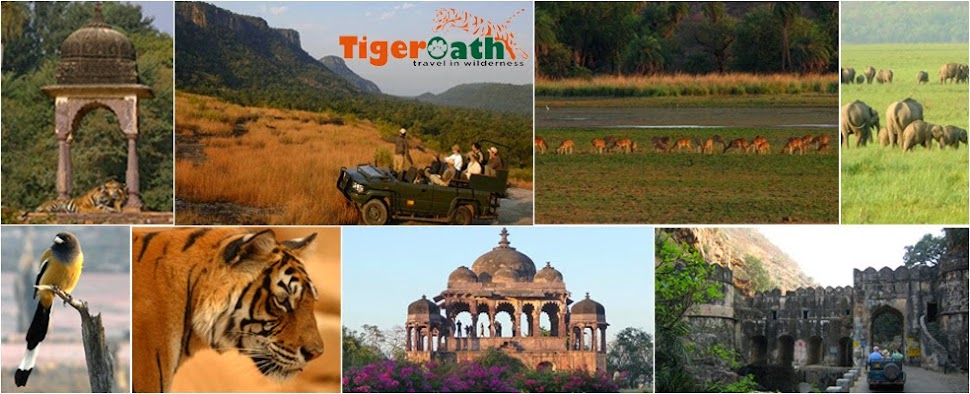It is certainly good news once again for wildlife tourist
lovers and first time wildlife adventure enthusiasts. The Ranthambore National
Park will open its doors on October 1st to herald in the tourist
season for year 2014.
Currently Ranthambore National Park hosts the largest number
of tigers, tigresses and cubs since its inception. Come and enjoy the beautiful
wildlife consisting of leopards, deer, bears, hyenas, jackals, and a variety of
birds too.
The park is opening up with some new eco-friendly rules and
also one added route. Prior to this year, there were only nine routes
designated for the jungle safari. But now there will be ten routes in the park.
People visiting the park will not be allowed to carry packaged snacks and foods
such as chips, chocolates, etc. to avoid littering in the park area.
The drivers have been given strict warnings to not drive
rashly within the Park territory or to crowd around the animals. The guides on
the other hand have been advised and admonished to take special care that no
one carries foodstuff on the safari, nor to throw any kind of food to the
animals or create a nuisance for them, or else their licenses would be
terminated and penal action would be taken against the offenders.























